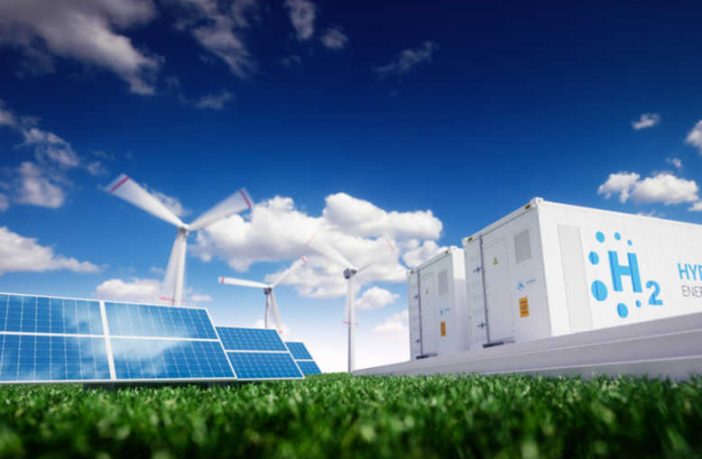- European partners have submitted a joint proposal to use EU-made solar modules and wind turbines to power green hydrogen for use by heavy industry.
- The partners hope to secure designated status and backing from the bloc’s deep coffers.
At the Hydrogen for Climate Conference held in Brussels on Wednesday, four European renewables and hydrogen businesses pitched their “Silver Frog” green hydrogen production project for priority support from the EU.
Swiss mechanical engineering company Meyer Burger, the Belgian-based unit of Canadian hydrogen business Hydrogenics, Hungarian heterojunction PV module manufacturer Ecosolifer and Danish renewables developer European Energy are hoping to have their plan designated one of the Important Projects of Common European Interest.
The partners are proposing construction of a 2 GW solar module factory which will be used to help deploy 10 GW of renewable energy generation capacity – including wind power – to provide the electricity to produce 100% green hydrogen. The hydrogen will be transported using gas pipelines to help decarbonize heavy industries such as chemicals and steelmaking, in line with the ambition of European PV association SolarPower Europe, to which the four companies belong.
Decarbonizing heavy industry
The project partners intend to produce around 800,000 tons of green hydrogen over eight years. That would bring an estimated annual reduction in CO2 emissions of around eight million tonnes and the project could create at least 6,000 jobs, according to SolarPower Europe.
Hydrogenics Europe will supply the water electrolysis technology and Meyer Burger will deliver the panel production lines for the solar module factory. Ecosolifer will produce modules and develop heterojunction cell technology and European Energy will act as developer.
“The Silver Frog project reveals how solar can facilitate the development of renewable hydrogen,” said Walburga Hemetsberger, CEO of SolarPower Europe. “Further, this project’s emphasis on the integration of PV manufacturing facilities sends a strong signal to the European Commission that any discussions surrounding renewable hydrogen will require a robust renewable industrial strategy.”
Bringing solar back to Europe
Thomas Hengst, global sales manager at Meyer Burger, said Silver Frog aims to support the EU’s ‘Green Deal’ by focusing on sectors that are hard to decarbonize. The essential element of the proposal is the development of new European production capacities for solar cells and modules. The new technology envisioned in the project was developed in Europe and has the potential to establish itself sustainably and globally, Hengst added.
The European Commission will select the proposals to secure Important Projects of Common European Interest next year and the designation brings significant funding opportunities. SolarPower Europe said there are already eight ambitious hydrogen proposals in the pipeline in Europe.
In answer to the most important question, pv magazine has no idea why the project has been dubbed Silver Frog.
Author: Sandra Enkhardt
This article was originally published in pv magazine and is republished with permission.















